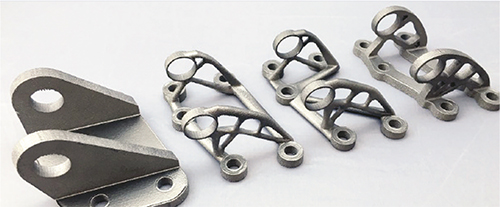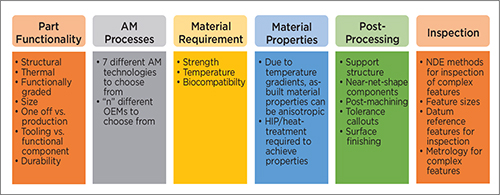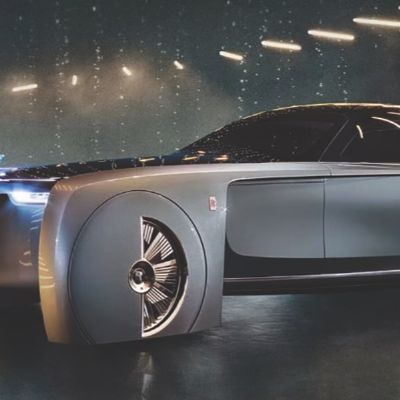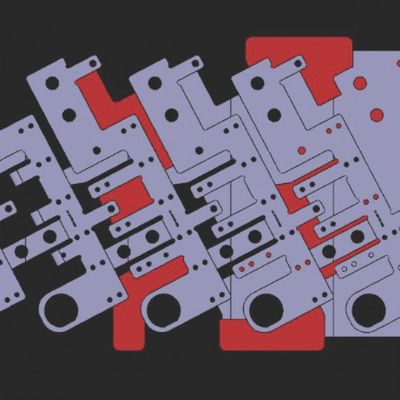Designing for Additive Manufacturing Brings with It Design Freedom
October 29, 2018Comments
In conventional manufacturing, well-established practices such as design for manufacturability (DFM) and design for assembly (DFA)—design parts for ease of fabrication, reduce total number of parts in an assembly, design multi-functional parts, avoid tooling, etc.—are easier said than done. Each principle has its own manufacturability limitations when it comes to complex part designs.
Today, however, additive manufacturing (AM) enables industry to overcome manufacturing limitations that curtail design freedom using AM processes to build complex, optimized geometries one layer at a time, without having to think about fabrication.
New Design Possibilities
AM has enabled a paradigm shift in design practices. Designers can base their designs purely on functional requirements of the application without worrying about process constraints. To leverage the potential of AM technologies, designers must think beyond the conventional and constrained possibilities that traditional CAD tools enabled. One could categorize the design enablement of AM processes into these groups:
Fig. 1—These AM aerospace brackets demonstrate the advantages of topology optimization.
- Topology-optimized design. Topology optimization identifies the minimal material requirement in a design space to satisfy the defined boundary conditions. AM processes make it possible to build topology-optimized components. Many conventionally designed parts, now being topology-optimized and redesigned to reduce weight and material consumption (Fig. 1), point to the growing popularity of topology optimization. As a result, many CAD-software companies are launching commercial topology-optimization software packages.
- Part consolidation. Designing consolidated parts by eliminating the need for large, multicomponent assemblies leads to faster overall turnaround times by eliminating individual-part lead times as well as their logistics and assembly costs. Multiple studies have discussed that fasteners needed for component assembly account for 5 percent of material costs, yet contribute to 70 percent of labor costs. AM enables new designs that potentially eliminate these costs. One of the best-known applications of this concept is General Electric’s fuel-nozzle test case for the next-generation LEAP jet engine, in which 18 parts are combined into a single assembly. Utilizing design strategies that harness the benefits of consolidation is just one way to justify the transition from traditional manufacturing techniques to AM.
- Functionally graded part design. The ability to build functionally graded component designs is another outcome of AM design not possible through any other manufacturing process. This can be achieved by designing a part made of dissimilar materials with varying strength properties for different sections of the part, but printed through one continuous AM process. The other method to achieve similar functionally graded material properties would be to design a part using lattice structures of varying thicknesses in different locations that control the varying strength requirements of the part. Also, today it is possible to build complex, intricate shapes such as naturally optimized cellular structures that offer high strength-to-weight ratios, objects with varying material density, and mechanical metamaterials wherein the mechanical properties of the part are determined by its shape rather than the composition of the material used.
- Customized part designs. AM makes customized part design and production a viable, cost-effective option, as one does not have to consider tooling or other such auxiliary costs when making changes. The biggest market for custom part designs is the consumer-goods industry. Other industries benefitting from the ability to fabricate custom part designs include the medical and the maintenance, repair and overhaul industries. One now can design patient-specific implants and reverse-engineer and print legacy parts no longer in production.










